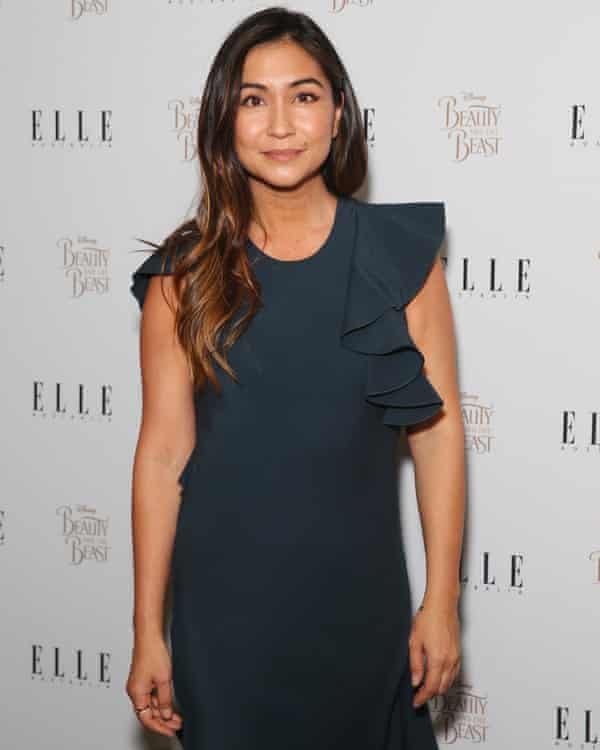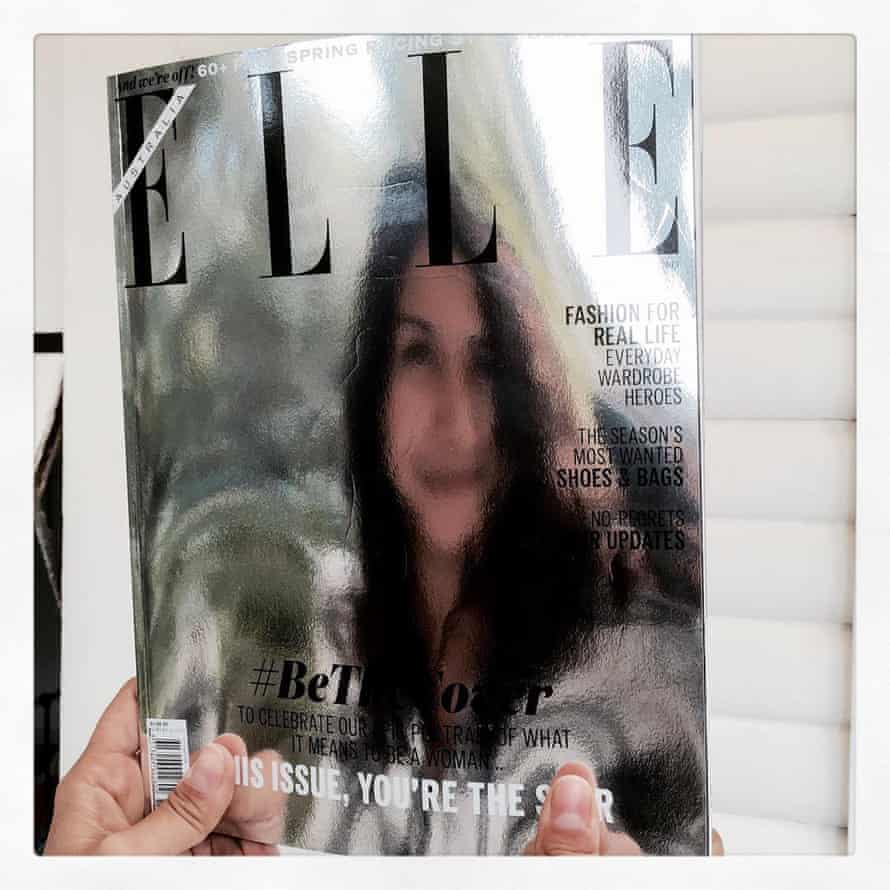I stood and knocked tentatively on my publisher’s office door, holding a printout of my latest cover gingerly in my fingertips. The cover I held in my sweaty hands this time was Beyoncé, and she looked … well, she looked like Beyoncé. She looked perfect.
The publisher held the cover in her hands and looked at it approvingly. “It’s wonderful,” she said, nodding. I gave a relieved little sigh and turned to leave the room. But, just as I got to the door, she glanced back up from her computer screen and piped up, nonchalantly, as though having an afterthought: “Are you going to make her skin a little lighter?”
I was shook, not really sure if she was joking. I stammered something incomprehensible in response and ran through the halls in a mad panic to get to my art director, who’d been around longer than me and who confirmed for me that this was an actual thing. “Black cover stars don’t sell in Australia,” I was constantly told by everyone who should know. And neither, I’d be told at other times, did Asians, plus-sized bodies, pregnant people, freckles or redheads.

After a round of retouching – and, yes, skin lightening – I took the cover back for a second round of approvals. The publisher popped it on her wall and stepped back to take look. “Lovely,” she said, nodding. But just as I was about to walk out the door, she called again, as though it was the first time she’d thought of it: “Are you going to make her skin a little lighter?” I didn’t know whether to laugh or cry. Not long after that, I was asked to do the same thing to Eva Mendes’s skin, at which point my brain exploded.
This was back in the early days of retouching, when magazine publishers were drunk on the relatively new power in their hands. Cover stars were not only made smoother, slimmer and whiter but sometimes given Frankenstein-style makeovers, with different shots of a model’s head and body being mixed and matched, or sometimes a head being patched on to someone else’s body altogether. Thank god the industry eventually learned the error of its ways but some real atrocities occurred before it did.
Not that the perception of needing to fit the cookie-cutter cover mould ever went away. I wasn’t allowed to run Rebel Wilson on the cover for a long time at Elle because she apparently “wouldn’t sell”, which was publisher code for “not a size 0”.
Pulling together a cover should be simple. You have a cover star in mind, you speak to her people, you book a crew and a studio or location, and you take some pictures. But it’s not nearly as easy as that. First, you have to think of someone you’d like to run, which is sometimes difficult in itself.
It has to be a person who is interesting to your readers, “on brand” for your masthead and having a bit of a moment. They have to be famous and liked enough to sell their socks off. As my time as an editor went on, these unicorns were getting harder and harder to find. I missed the days in the late noughts when we could just chuck Mischa Barton on the cover and know everything would be OK. No one didn’t love Mischa. I don’t know where it all went wrong, for her or us.
Hovering over you like an cheap perfume as you make these decisions is the very real fear of failure – and being fired. An editor’s career can be made or broken on the covers she runs, so there isn’t a lot of room for error. It might be easier if we had more Australian celebrities with the pulling power to sell mags but there are just not enough Nicoles, Naomis, Cates and Margots to go around, so we most often need to look to international stars for the plum spot.
Before diversity became a hot commodity that the magazine publishing industry could no longer ignore, magazine editors were constantly coming under fire for the lack of any on their covers. In our defence, it wasn’t for want of trying. There’s a belief that editors are the final word when it comes to covers, but often – especially when an editor is new to the role – they need to get their covers signed off by a publisher or some sort of corporate management team, who are generally as knowledgeable about women as they sound, and always go for the safe option.

From the advent of celebrity covers in the 90s until not that long ago, it was pretty much impossible to argue for anything different when almost all the covers that sold well featured very famous, very pretty, very skinny blondes.
Thankfully, social media has also lead to a resurgence in creativity in magazine covers. When revenue from copy sales was no longer as important as advertising, suddenly, likes mattered more. Advertisers liked likes, and if advertisers liked your likes, they were more likely to give you their money. Which, if you were someone who didn’t like to play it so safe, like me, was not such a bad thing.
Even though magazines have lost their place at the top of the media pecking order, covers are still prime real estate – lusted over, aimed for, analysed, liked, posted and reported on. Pretty much everything except purchased.
Even as influencers have grown in power, many of them still consider a cover the ultimate prize. Turns out that even people with follower counts far greater than any magazine can claim like to be able to give their grans something tangible to show off at bingo.
In my experience, though, none of the really exciting covers that got a lot of likes or attention were ever our biggest sellers. Not a mirrored cover, that made readers the star of the magazine, or the one we shot on an iPhone, which made news around the world for being a global first. Not the one we made of model Gemma Ward with five different head shots sliced into thirds, like a kids’ flip book, which won cover of the year and was endlessly copied in other markets.
People loved these covers, and advertisers loved them, which meant they were considered successful in a different way, but the huge amounts of publicity they got were never reflected in their sales. The covers that sold best were the safe ones, preferably of a blonde your nan recognised from free-to-air TV, or literally anyone who shared a bloodline with Kris Jenner.
This has led to a monotonous cycle of confirmation bias that definitely held magazines back from evolving as they needed to.
But, when you do take risks, the criticism that you can’t do something good unless you do it enough is one that magazine editors cop a lot too.

Robbie Myers, once my US counterpart on Elle, was under fire every time she put anyone who wasn’t white or didn’t look like a supermodel on the cover. She was slammed if they were wearing too many clothes, or not enough clothes. If she’d run a headshot, or a full-length one, or if the image was in black and white. Never mind that it were the only American fashion magazine running Gabourey Sidibe and Melissa McCarthy and Mindy Kaling on a cover in the first place and the shots were universally stunning. Similarly, Australian magazines had been running a revolving line-up of same-same pretty starlets and models on their covers for years, never attempting to show a different perspective.
It was enough to make me look at my colleagues at Gourmet Traveller and fantasise about a world where the biggest cover drama I’d encounter would be whether to run the chocolate lava cake or the pork belly.
As for Rebel Wilson, eventually I did get to put her on the cover. She sold just fine.
from Lifestyle | The Guardian https://ift.tt/3tgBL2j
via IFTTT

comment 0 Comment
more_vert